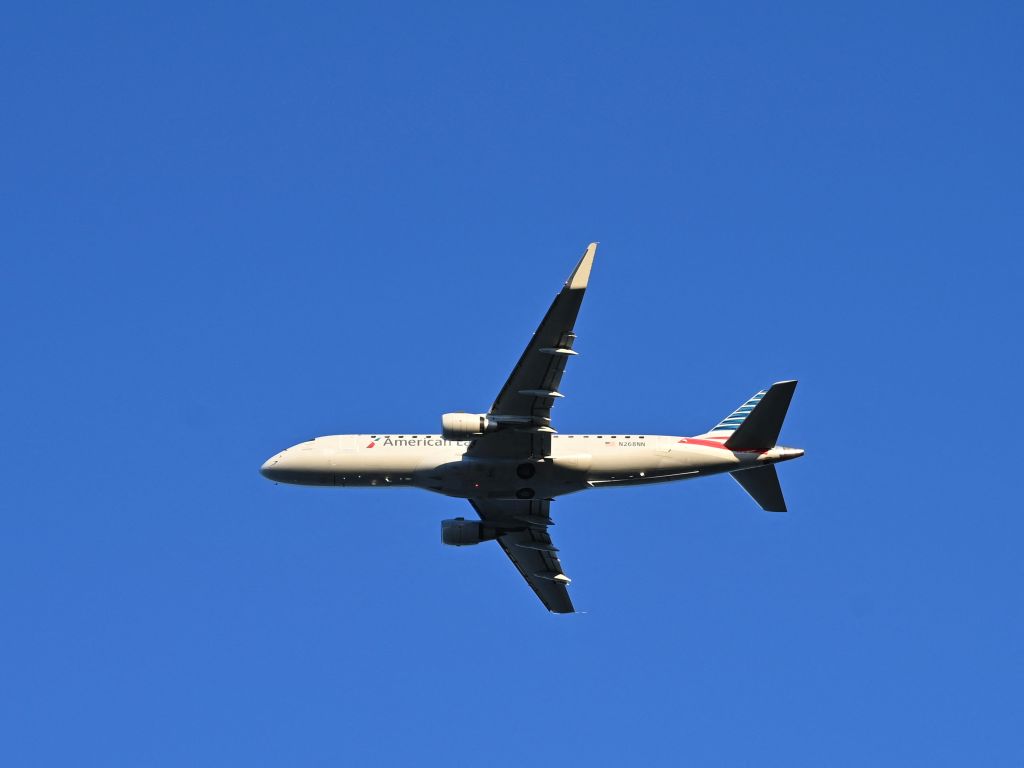Air traffic was grounded Monday in parts of the U.S. west coast and Hawaii, but explanations are vague, leading the website The Drive to call the incident a “Mysterious Air Traffic Halt” that “Leaves More Questions Than Answers.”
The facts of the matter are clear: At about 5:30 p.m. Eastern time Monday, what’s known as a ground stop was issued that stopped planes from taking off and had air traffic controllers calling for airborne plans to land. The ground stop lasted for five to 10 minutes.
Things start getting murky quickly, however.
A spokesman for the San Diego International Airport told CNN the airport “was instructed by Air Traffic Control that there was a national ground stop but shortly after [5-7 minutes] our operations team was told it was lifted.”
HONOLULU TOWER advising HAL278 that the ground stop orders came from the FAA Command Center. They never gave a reason for the ground stop. pic.twitter.com/XasWmFwGap
— Thenewarea51 (@thenewarea51) January 11, 2022
Despite multiple other instances of pilots and air controllers in Arizona, California and Hawaii using the phrase “national ground stop,” the North American Aerospace Defense Command says it did not order a national grounding of planes, according to The Drive.
Further, a recording shows air traffic controllers at Burbank, California, telling one plane, “I need you to go ahead and land at Van Nuys at this time, some sort of national security threat is going on.”
You can hear it at about 14:00 in this recording: https://t.co/fWhLuiuTCA
— John Wiseman (@lemonodor) January 11, 2022
Just a few minutes before they told that aircraft they weren’t allowing aircraft to maneuver in the area due to a “national security threat” and it had to land, another plane that had just taken off was told it had to turn around and land. “Something’s going on.” pic.twitter.com/KAWGM3ZWuf
— John Wiseman (@lemonodor) January 11, 2022
But officials said there was no threat.
“No warning was issued by NORAD HQ,” regarding a potential threat to the US, according to Captain Pamela Kunze, the chief NORAD spokesperson, according to CNN.
The Federal Aviation Administration suggested it was erring on the side of caution.
FAA statement on West Coast ground stop for some airports: pic.twitter.com/LwkseEMWFC
— The FAA ✈️ (@FAANews) January 11, 2022
“As a matter of precaution, the FAA temporarily paused departures at some airports along the West Coast on Monday evening,” the FAA said in a statement. “Full operations resumed in less than 15 minutes. The FAA regularly takes precautionary measures. We are reviewing the process around this ground stop as we do after all such events.”
However, that begged the question: A precaution over what?
The answer might have been half a world away, because just before 5:30 p.m. Eastern Time, North Korea stunned its neighbors and the U.S. with a ballistic missile launch.
Although NORAD would later say the missile was not deemed a threat, Tyler Rogoway, writing for The Drive, noted, “Strategic Command executes emergency protocols whenever a potentially hostile ballistic missile launch is detected and only has moments to make decisions as to who to alert and how to respond.”
BREAKING: Japanese Defense Ministry says apparent ballistic missile launched today by North Korea traveled 700 km, same distance as claimed by Pyongyang in its last “hypersonic” test. (map credit MOD) pic.twitter.com/Rolyz9RV0L
— Jesse Johnson (@jljzen) January 11, 2022
“If the North Korean missile test was miscategorized as a possible threat, even if briefly, there may be new protocols in place since the rogue Kim regime achieved ICBM capability to alert the FAA and issue a halt on operations,” he wrote.
This article appeared originally on The Western Journal.

























 Continue with Google
Continue with Google